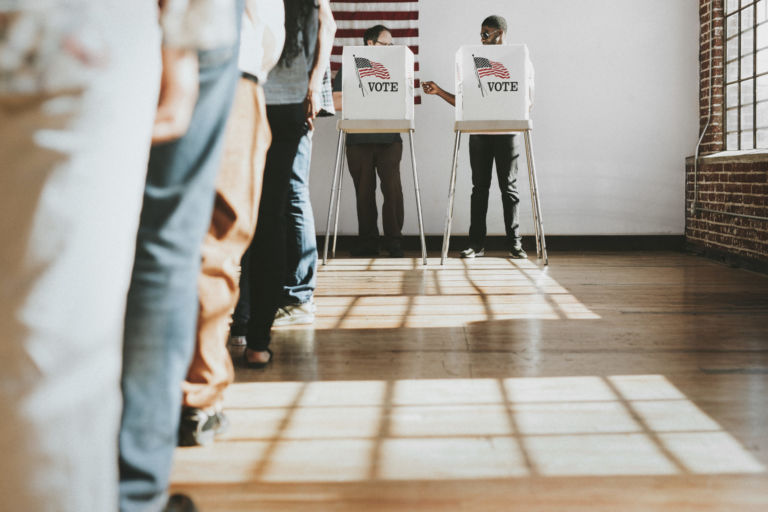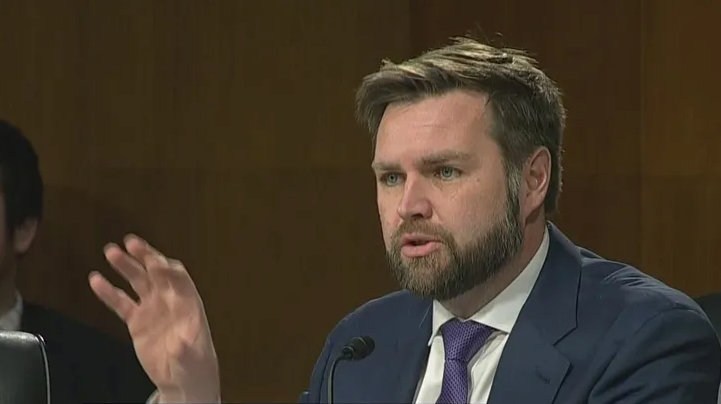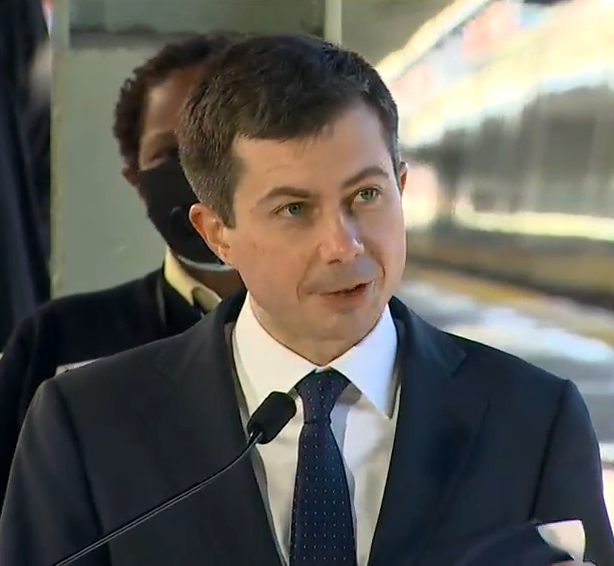Three weeks after a devastating derailment of a train carrying hazardous chemicals in Ohio, the safety of U.S. railways is increasingly in question. Given America’s massive size and geographical distance, competent and reliable railways should be a given—but accidents over the last several weeks have shown that clearly isn’t the case.
Crossing a trainline is something you’ll likely come across anywhere in the country. Most of the time, people don’t give it much thought (though it is important to look both ways before crossing the track).
But when a train carrying hazardous materials derailed in Ohio, and a controlled burn of corrosive and potentially dangerous chemcials seemingly turned the sky black, people started to worry.
There’s also been reports of several similar incidents happening in the ensuing weeks, but that’s not necessarily a surprise. The U.S. experiences an average of 1,704 train derailments per year, according to the Bureau of Transportation Statistics.
For comparison, the number of “fatal train collisions and derailments” in Europe in 2016 was 6. Though there were some significant accidents that resulted in 50 deaths, derailments weren’t a common phenomenon.
However, train derailments in the United States have become all too common.
Trains are not the preferred method of transportation for Americans. We prefer cars, recreational vehicles or planes, trains are generally considered a rather unique method of transportation, with the exception of some areas of the East Coast. This is due to the fact that it would still take potentially days to traverse the U.S. via train, and we Americans tend to prefer not to be cloistered for long periods of time when a car would give us much more freedom.
But the other general issue is that the American rail system has a somewhat long reputation of being generally slow, unreliable and prone to accidents. Here are just two examples from the last year. A delay due to rail line issues stranded people on the tracks in South Carolina for 37 hours, 20 hours longer than they initially anticipated, which just happened in January. It got so bad that passengers were calling the police and claiming they were being held hostage. There was also a train derailment in Missouri last June that killed four passengers and injured dozens more.
Is it any wonder Americans don’t want to take public rail transportation if they can avoid it? Though the views would be lovely, it seems increasingly likely you’d be risking life and limb in certain situations.
That’s not the case in Europe. I was in London last summer and admired the simplicity and the general timeliness of their rail lines. The fast speed ones were especially impressive, quickly passing stations at breakneck speed onto their next destination.
Generally, train transportation does work better in Europe because of how condense the communities are and given the much older and sometimes atrociously narrow roadways. Car ownership is also a rather unusual phenomenon, so most have to take rail or other public transportation.
Though taking the train will probably never again be a common method of American transportation, that doesn’t mean we should be ignoring our rail lines either. If kept in top shape, they could marvelous methods of transportation of goods, freeing up the roads from semi-tractor trailers.
When it comes to North Carolina, we have over 3,200 miles of rail lines, serving five national routes, two state-supported routes, two Class I railroads and over 20 short line railroads. Overall, 85 million tons of cargo worth around $143 billion is carried along North Carolina’s tracks.
As part of a report from the North Carolina Department of Transportation, the state has decreased its total number of incidents annually from of 451 in 1990 to 187 in 2019—however, there have been no “sustained safety gains since 2010. This means that while we’ve moved from the iPhone 4 to the iPhone 14, train safety hasn’t improved in the slightest. In 2019, there were also 130 injuries and 22 fatalities linked to the railway. That accident damage cost the $258.3 million. There has also been an average of 2.93 derailments that happen per year in the state.
It’s becoming more and more apparent that America’s railroads need some work. They may not carry as many passengers, but they are carrying some highly toxic chemicals so safety should be a high priority.


